I have the following ViewModel:
public class MyViewModel:IValidatableObject
{
public int Id { get; set; }
public string Name { get; set; }
public DateTime? Birthday { get; set; }
public int Status { get; set; }
public IEnumerable<ValidationResult> Validate(ValidationContext validationContext)
{
if (string.IsNullOrWhiteSpace(Name))
yield return new ValidationResult("Please fill the name", new string[] { "Name" });
if (Birthday.HasValue == false)
yield return new ValidationResult("Please fill the birthday", new string[] { "Birthday" });
if(Status <= 0)
yield return new ValidationResult("Please fill the status", new string[] { "Status" });
}
}
Controller:
[HttpPost]
[ValidateAntiForgeryToken]
public ActionResult Create([Bind(Include = "Id,Name,Birthday,Status")] MyViewModel myViewModel)
{
if (ModelState.IsValid)
{
db.MyViewModels.Add(myViewModel);
db.SaveChanges();
return RedirectToAction("Index");
}
return View(myViewModel);
}
I would like to display all the validation messages at the same time, however it shows first status and then the other two properties.

